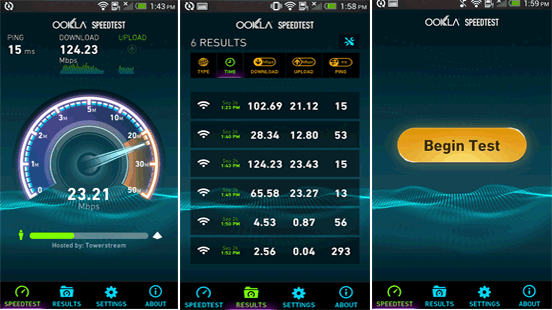

The GEO satellites have an advantage of geographical footprint over the LEO satellites. Starlink has to compete with the existing satellite service providers, mainly operating in GEO Geostationary Orbit. Hence, Starlink is a solution not needed in the cities but the rural areas. Still, they don’t need Starlink as in big cities they already have reliable connectivity solutions available such as DSL, Fiber and cellular (4G/5G) services. The people who could afford expensive services like Starlink live in the cities. For the time being, the dilemma with Starlink seems to be its targeted customers. It is important to note that people living in rural areas are not as rich as those living in the cities.

The only problems highlighted so far by the Starlink customers are the high cost and unstable link. Generally, Starlink users seem to be happy with the high speed and low latency performance. The low latencies even make using VPNs more enjoyable which usually add additional delay to signals. Starlink users enjoy faster download speeds and much shorter latency, eliminating the lag/delay caused by latency of hundreds of milliseconds. The striking feature of Starlink is that it provides competitive prices coupled with unlimited data. Starlink has numerous advantages over its legacy satellite counterparts. Comparing Starlink and Legacy Satellite Broadband Services

We believe Starlink has a long way to go to be the real hero in this field. In this report, we have analyzed the performance of Starlink in terms of speed, latency, data, accessibility and cost. It has yet to prove its worth in the telecommunication space by providing fast, cheap and reliable services by competing with existing satellite companies, mobile and fixed network operators. Keep in mind that Starlink is just in the beta testing phase. One cannot rely on those satellite services for bandwidth and speed-hungry services like making video/conference calls or playing games requiring shorter latencies. Some satellite service providers do provide internet connectivity with decent speeds in those areas but with poor latency. Note: ** Indicates Starlink’s median test figures with maximum and minimum variations in the selected regions of the USĪ vast majority of the rural population in the US still lacks good quality broadband service, and options are very minimal to get a decent fixed broadband service like DSL, fiber or even cellular (4G/5G) connectivity. Table 3 - Starlink Median Tests Results of US Cities by Speedcheck


 0 kommentar(er)
0 kommentar(er)
